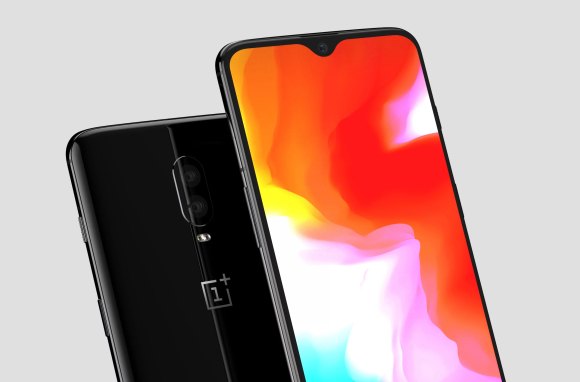Earth View from Google Earth
This extension pulls up a fascinating satellite image from Google Earth each time you open a new tab. You can choose to download the photo as a wallpaper, view it on Google Maps, or share it on social media, too. Google’s apps are still accessible from this screen, which you can find by hovering your mouse over the discrete hamburger menu in the upper lefthand corner.
LastPass: Free Password Manager
Remembering your password for multiple websites can be a hassle. Plus, it can be difficult to brainstorm passwords that are both unique and easy to remember for each new online account you create. LastPass wants to make this process simpler by generating new secure passwords each time you log into a website. After installing the Chrome extension, you can enter account credentials for websites you’d like LastPass to remember. The service will also ask you if you’d like it to remember certain login information whenever you sign in to a website in Chrome.
StayFocusd
When your job involves sitting in front of a computer screen all day, it can be easy to get distracted by Facebook, Twitter, and the countless news articles flooding the Web each day. StayFocusd is designed to help you avoid those distractions — or just enjoy them in moderation. The extension allows you to set a specific time restriction on certain websites, with 10 minutes being the default option.
Google Dictionary
Heading over to Dictionary.com or Google to find the definition of an unfamiliar word only takes seconds, but it’s even quicker with the Google Dictionary extension. Instead of opening a new tab to find the definition, simply highlight the word and click on the dictionary icon that appears next to the browser’s URL field after installing the extension. You can also click that dictionary even when a word isn’t selected to perform a dictionary search.
FlashTabs
If you’ve ever struggled with studying for a test or learning a new language while keeping up with your other responsibilities, the FlashTabs extension for Google Chrome might be helpful. The extension will show you a new flash card each time you launch a new tab in Chrome, providing an opportunity to study as you go about your other daily tasks.
Honey
No one likes it when retailers spam your email with updates and newsletters, even if they do include coupons. Honey eliminates that annoyance by pulling up discount codes with the press of a button so you no longer have to sift through promotional emails. Once the extension is installed, simply hit the Honey button during checkout and a list of codes will appear alongside your shopping cart. It works with shopping sites such as Target, Victoria’s Secret, Amazon, and Macy’s, among others.
Boomerang for Gmail
Boomerang is a helpful tool for scheduling emails and keeping track of sent messages. The extension gives you the option to send emails at a later time, with preset choices ranging from a few hours to a month. If you want to get more specific, you can set your own custom time and date as well. It’s particularly useful for remembering who you’ve emailed and when, since you can choose to have a message boomerang back to your inbox if you haven’t heard a reply.
Tab Wrangler
Leaving too many tabs open in your browser can get disorienting and distracting, especially when you’re trying to get work done. Tab Wrangler takes care of that dilemma by automatically closing tabs after they’ve been inactive for a designated period of time. It only closes tabs that aren’t pinned, and you can choose to lock tabs that you want to keep open even when you’re not browsing in them. Closed tabs are easy to recover, too; just click the Tab Wrangler icon to see a list of closed sites.
Social Blade
Compatible with YouTube, Twitch, Instagram and Twitter, Social Blade feeds you knowledge about the videos you watch. A user's followers, estimated ad earnings and views are shown in an interface next to what you are watching, letting you check how your favourite users and rivals are performing.
HTTPS Everywhere
HTTPS is the encrypted web standard that allows websites to protect data you're entering from surveillance and being hijacked. The extension, created by digital rights group the Electronic Frontier Foundation and the Tor Project, automatically switches websites using the insecure HTTP protocol to HTTPS.


